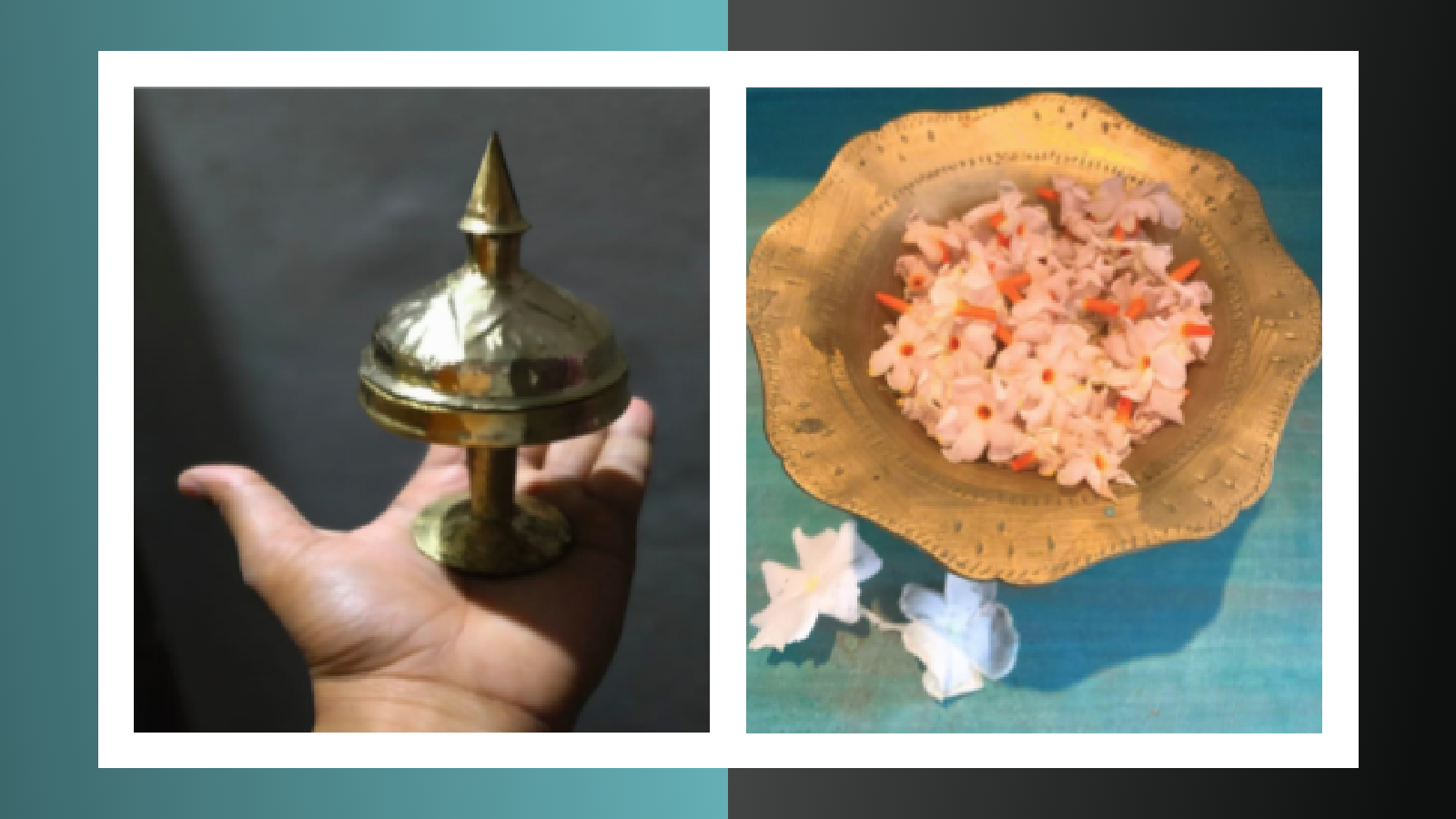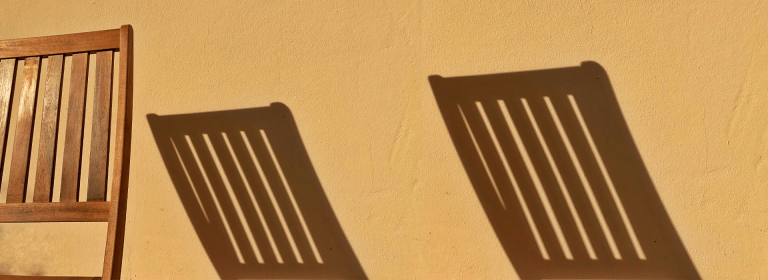Article by Preeta Dutta. Founder & CEO, MiradorLife
Sarthebari is a typical village in Assam where it seems time has stood still. Pristine with abundant greenery, you think you’ll hear the birds chirping but instead on a regular day all you can hear is the hammering of metal.
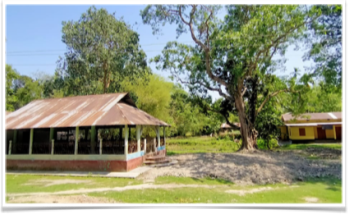
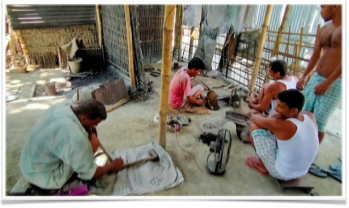
Today Sarthebari is unusually quiet. Assam’s second largest cottage industry is based here with artisans still using ancient methods of hammering to make bell metal items. Products that people have slowly forgotten over the years, even before the lockdown.
Being an Assamese bell metal or “Kanh” is an integral part of my life. In fact it is found in so many simple ways in all our homes that we tend to overlook it especially amongst us city-bred lot. However to most Assamese people bell metal is considered second to gold and silver is integrated into our socio religious fabric in society.
Bell Metal is technically an alloy made from copper, tin and zinc and is similar to bronze. It is the composition of these 3 elements, which make it slightly different, the ratio of tin content being higher than bronze. It is the metal used to make high quality bells, thanks to the sound it generates which is also a test of it’s purity, and hence its name- bell metal.
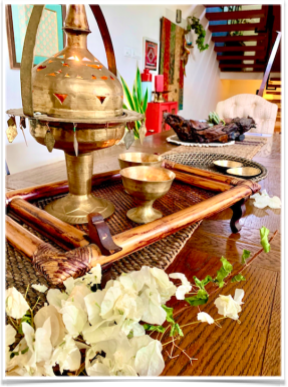
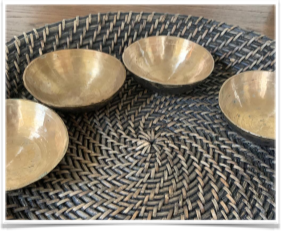
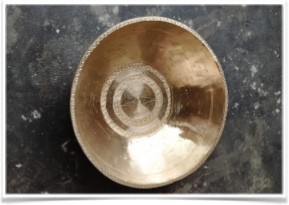
Traditionally most Assamese houses would have bell metal plates called kahi and baan or bowls to eat and serve in.
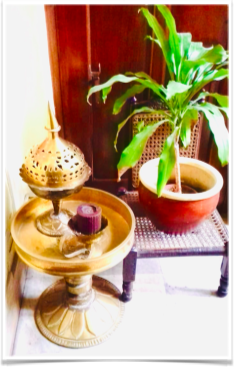
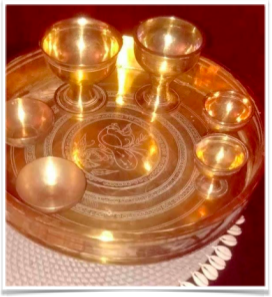
The “xorai” exists in every Assamese home in different sizes and are used to greet important guests or to give offerings to Gods.
The soup bowl shaped bowl called the baan baati is unique to the state.
During Assamese weddings the bride and groom serve betel nuts and leaves to guests on a ‘bota’ crafted out of bell metal.
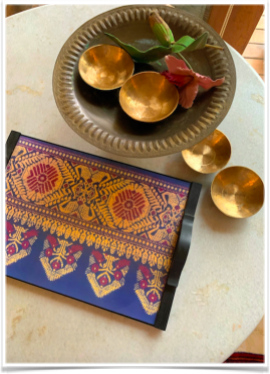
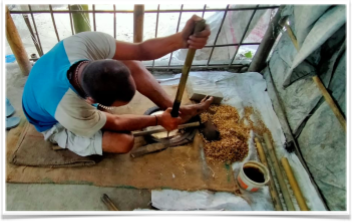
Other than Assam, both Bengal and Odisha are also famous for their bell metal or Kansa cookware. Odhisa is home to a fascinating village of bell metal artisans called Kantilo. This village settled on the banks of the river Mahanadi embraces the unbroken tradition of making Kansa utensils for approximately 2000 years. Till date, this village uses the age-old methods of heat and beat to produce Kansa and the artisans are thus called “kansari’s.”
Known to people since the Bronze Age, eating and drinking in bell metal is considered to be the healthiest by Ayurveda unless it is citric food. It is believed that eating or drinking in this metal on a daily basis enhances our immunity and helps in purifying the food. It aids digestion, improves gut health, acts as a brain stimulant and delays ageing. Hence the metal is also called “the hands of Grace.”
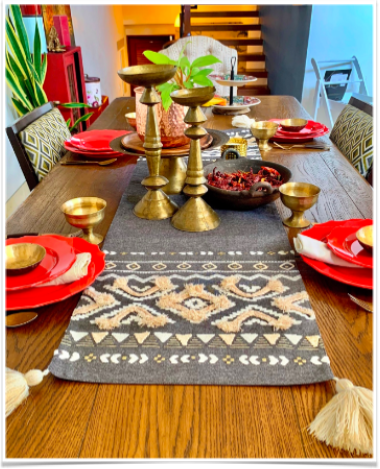

Kansa utensils can kill germs depending on type and concentration of pathogens within minutes to hours of contact. A study conducted five years ago on a different strain of coronavirus found it could still infect human lung cells after five days of existing on different materials like Teflon, ceramic, glass, silicone rubber, and stainless steel, while on copper alloys the coronavirus was ‘rapidly inactivated.’ The term “contact killing” was coined for this process.
You may be skeptical and not believe in Ayurveda or in these studies. However there is no way you can discard the fact that this metal is durable, corrosion free, lead free and very easily recyclable. Above all this beautiful metal adds a touch of nostalgia in your house along with being an elegant way to serve your traditional fare or innovating like me and using it from candle stands to cake platters.
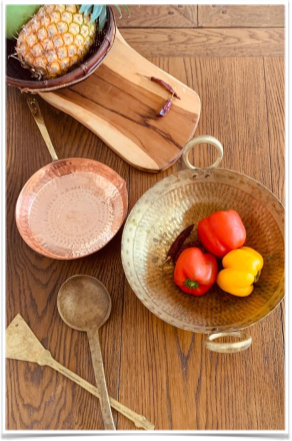
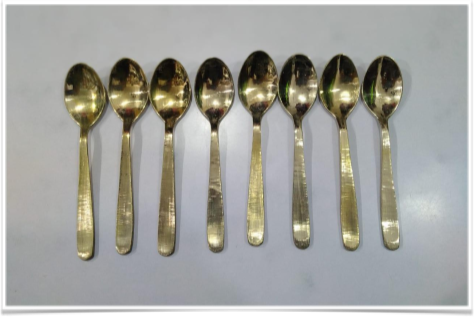
Share your thoughts by writing in below.
